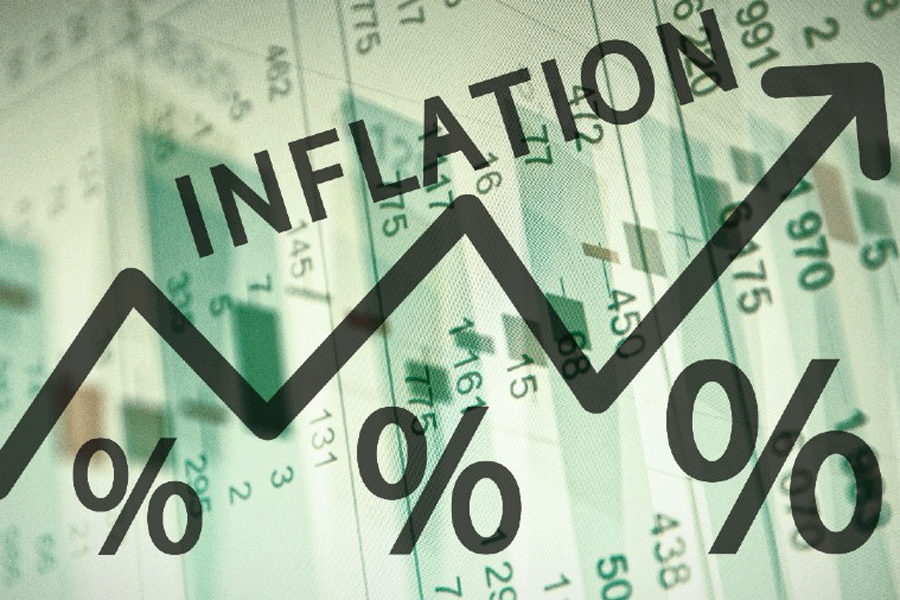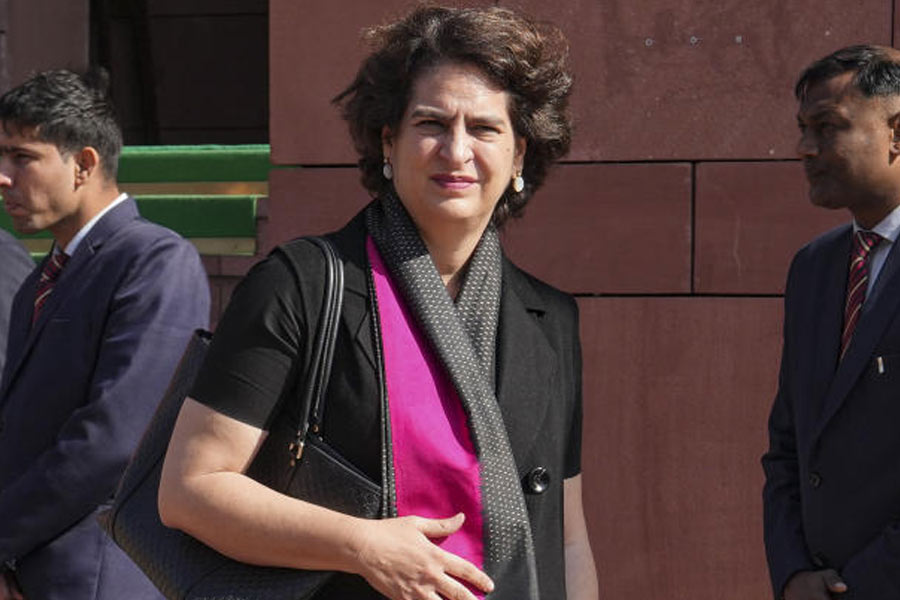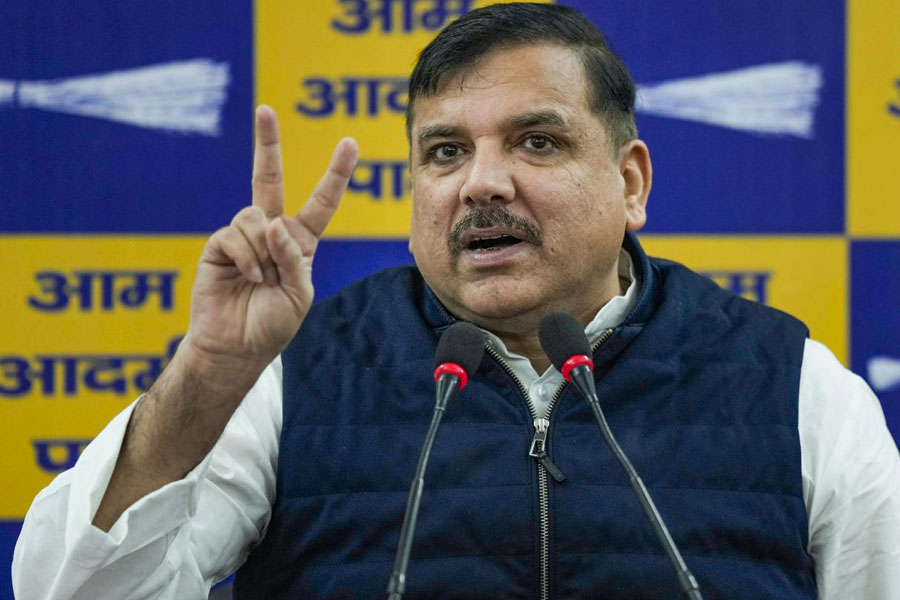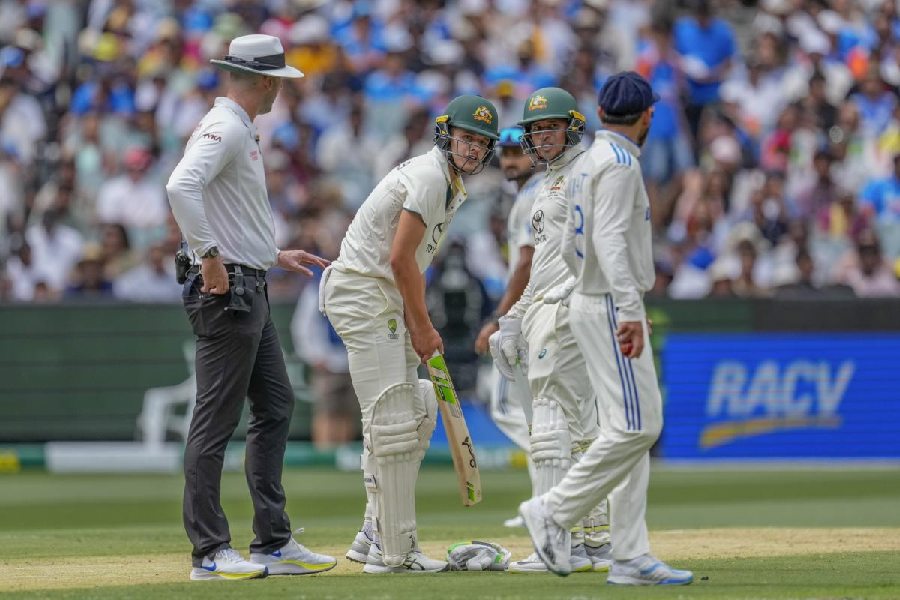Mumbai: If Reserve Bank governor Shaktikanta Das is to be believed, inflation has taken a walk.
“Two years ago, around this time when retail inflation had peaked at 7.8 per cent, the elephant in the room was inflation. The elephant has now gone out for a walk and appears to be returning to the forest. We would like the elephant to return to the forest and remain there on a durable basis,” Das told reporters at a press conference soon after announcing the first monetary policy in the new fiscal year.
The Governor’s comment is music for the Modi government as it hunkers down for a grim electoral battle in which it hopes to reap a harvest of votes and expects the NDA alliance to corner 400 seats in the new Lok Sabha.
Retail inflation – as measured by the consumer price index that is heavily tilted towards food articles with an over 47 per cent weight – is projected to fall to 4.5 per cent in 2024-25. The RBI has also forecast that it will slide to 3.8 per cent in the second quarter (July-September) – below the mid-point of the inflation tolerance band of 2 to 6 per cent that serves as the mandate for the central bank.
The closest that inflation came to the 4 per cent mark in the post-Covid era was in January 2021 when it touched 4.06 per cent. However, repeated food price shocks have often frustrated the central bank’s efforts to bring inflation down to the targeted level of 4 per cent.
“It is essential, and in the best interest of the economy, that CPI inflation continues to moderate and aligns to the target on a durable basis. Till this is achieved, our task remains unfinished,” Das said.
The trouble is that the inflation gauge that the RBI is looking at doesn’t fully capture the pangs of the common man at a time when household budgets are badly strained by surging expenses.
The Governor’s droll comment on inflation could well anger voters at a time when kitchen budgets are in flames. The 96-page monetary policy report (MPR), which accompanies the monetary statement, specifically talks about the inflationary bop from TOP (tomato-onion-potato) on household budgets.
Onion prices surged by 86.3 per cent in November last year, forcing the government to adopt price stabilization measures including the imposition of a 40 per cent duty on exports. Moreover, garlic, cauliflower and cabbage saw a lower-than-usual price correction during November 2023-February 2024, thereby emerging as major drivers of vegetable inflation, the MPR said.
But the bigger worry is the widening of the retail price margins — the difference between retail and wholesale prices. It is this that has really burnt a hole in household budgets.
The MPR acknowledges that “risks to the ‘last mile’ of disinflation process may emanate from incidence of unpredictable supply side shocks, which include adverse climate events and their impact on agricultural production; and geo-political tensions and its spillovers to trade and commodity markets.”
Das admitted that it will not be easy to drive the elephant to the jungle. “The elephant moves at a slow pace. The last mile of disinflation is always challenging and sticky.”











